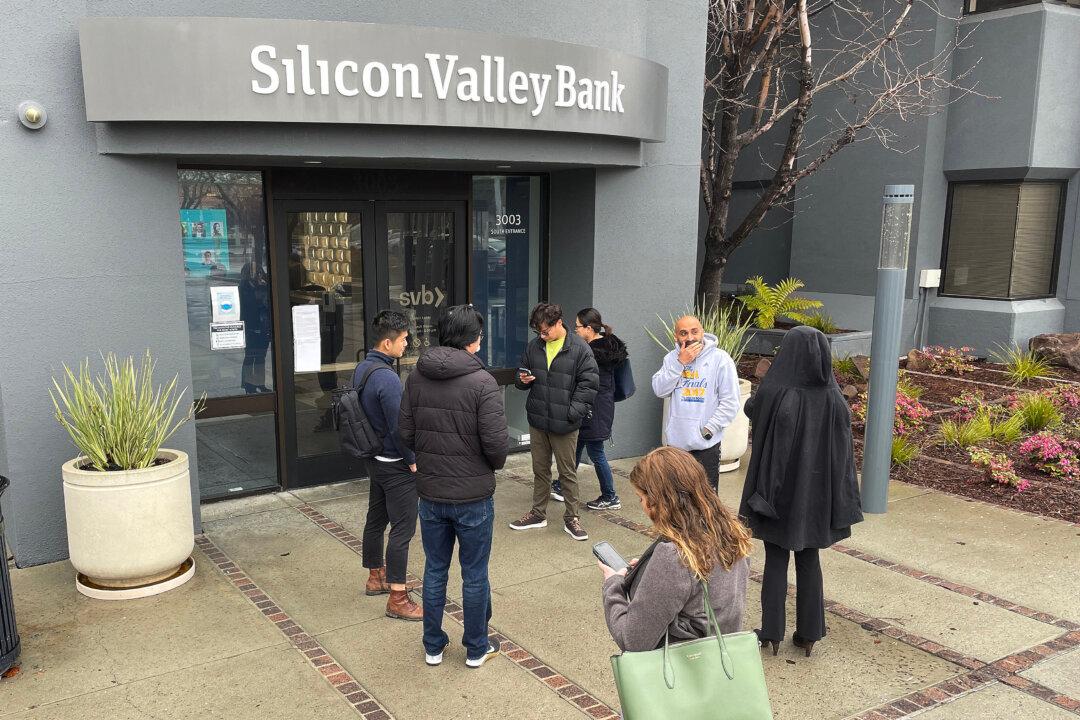The Federal Deposit Insurance Corporation (FDIC) has a track record of paying every depositor their money up to the insured amount when their banks have failed. Each insured bank pays a fee for the coverage, which goes into an account to cover insurance costs.
Generally, FDIC insures accounts for up to $250,000. Personal and business accounts are treated the same, and each account type is covered for the same amount. In the case of couples having joint ownership, the coverage is doubled.






